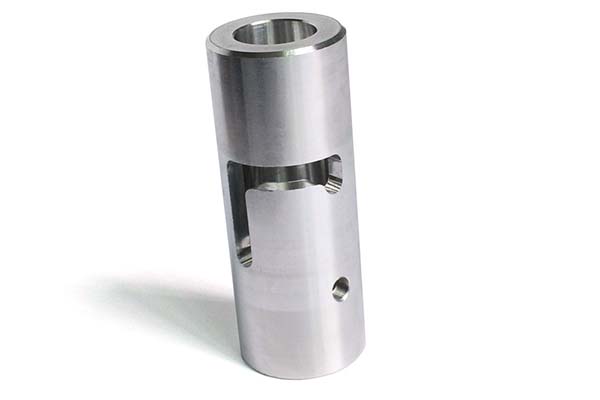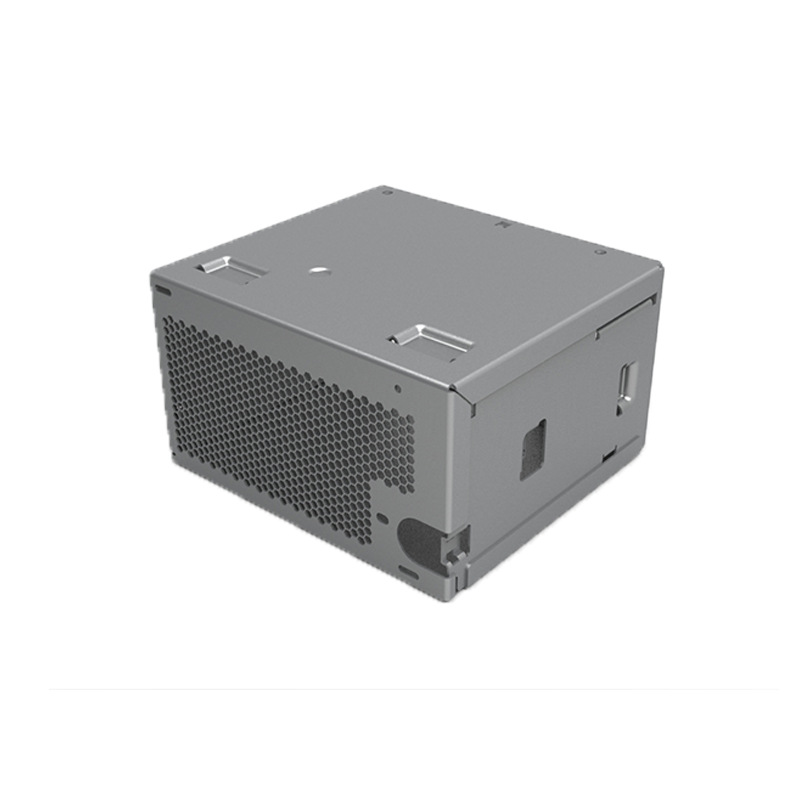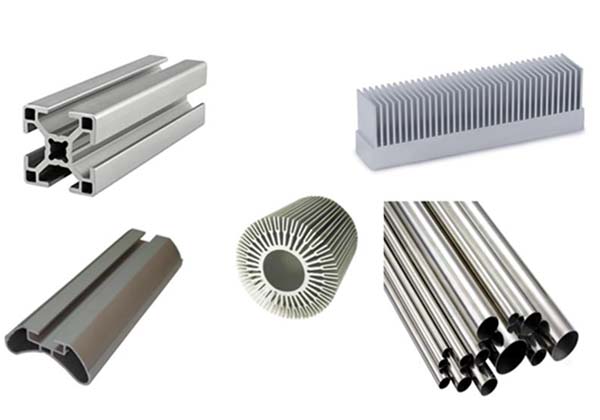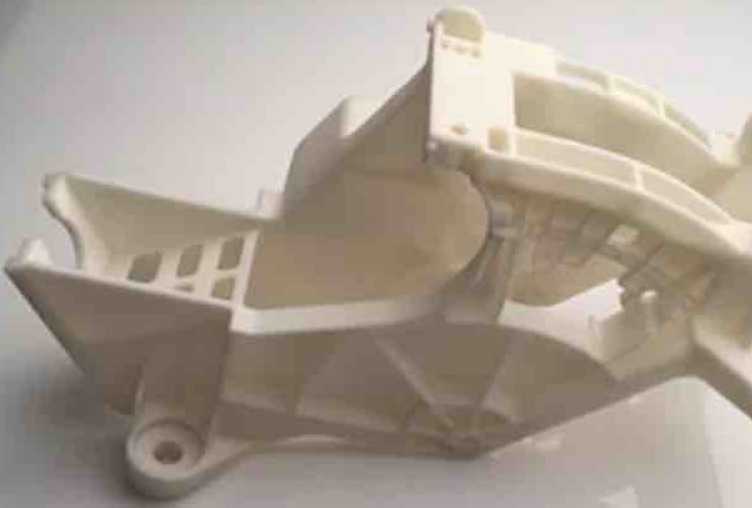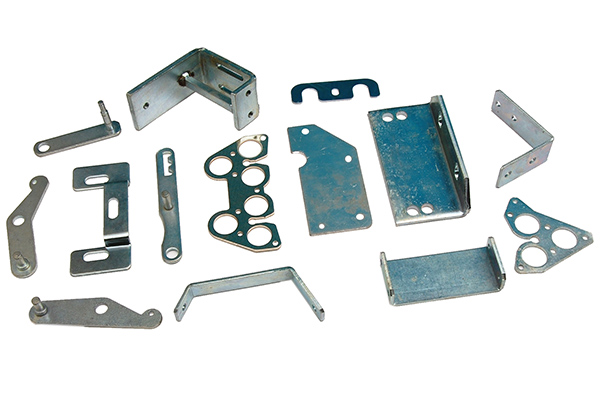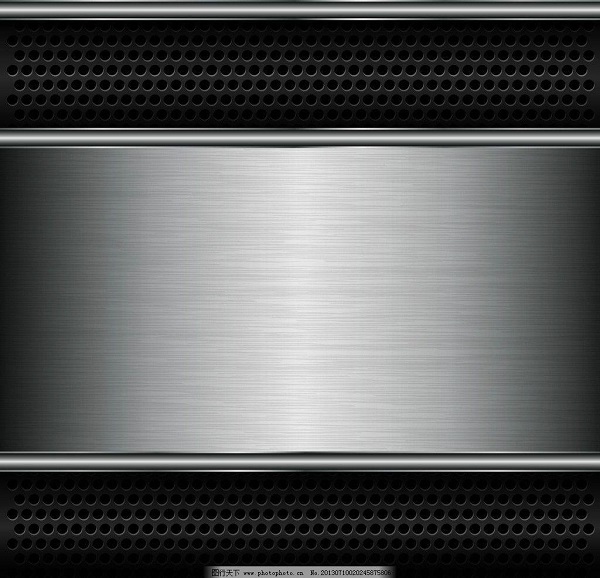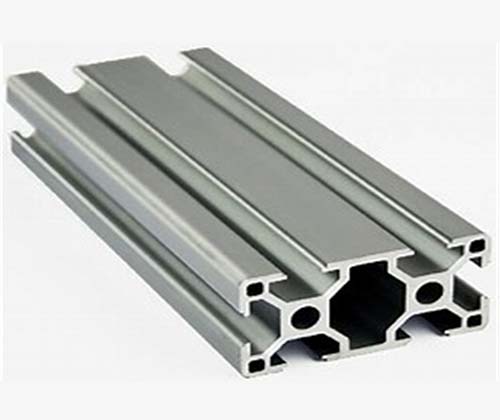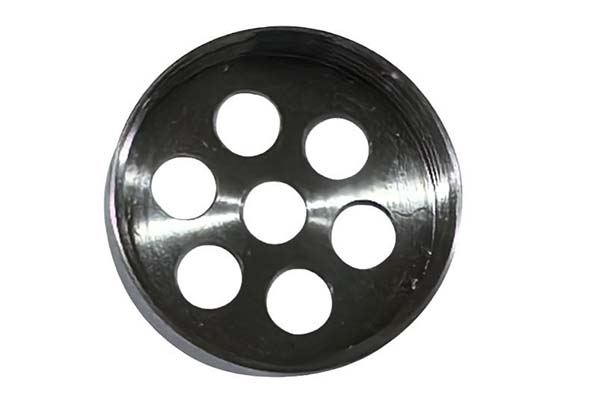When it comes to choosing the right material for your project, whether it's in the electrical, automotive, aerospace, or any other industry, understanding the properties, manufacturing processes, surface treatments, and applications of materials is crucial. One such material that stands out for its exceptional qualities is C1100 pure copper. In this article, we will delve deep into the world of C1100 copper, addressing common user pain points and providing valuable insights to help you make informed decisions.
Material Composition and Properties of C1100 Copper
C1100 copper, also known as pure copper or electrolytic copper, is highly esteemed for its remarkable composition and properties. With a purity level of approximately 99.9%, it contains minimal impurities that could potentially reduce its conductivity and thermal performance. This high purity is the key to its outstanding electrical and thermal conductivity.
Exceptional Conductivity
- Electrical Conductivity: C1100 copper boasts an extremely high electrical conductivity. In fact, it is one of the best conductors among common metals. Its electrical conductivity is around 58 MS/m (Mega Siemens per meter) at 20°C. This property makes it the material of choice for electrical wiring, where minimizing resistance is crucial to reduce energy losses. For example, in power transmission lines, using C1100 copper can significantly lower the amount of electricity wasted as heat due to resistance.
- Thermal Conductivity: With a thermal conductivity of about 398 W/(m·K) at room temperature, C1100 copper is excellent at transferring heat. This makes it ideal for applications such as heat exchangers in HVAC systems, where efficient heat transfer is essential for optimal performance. In a car's radiator, C1100 copper helps quickly dissipate the heat generated by the engine, preventing overheating.
Superior Ductility and Softness
C1100 copper exhibits remarkable ductility, which means it can be easily drawn into thin wires or hammered into thin sheets without breaking. The ductility of C1100 copper allows it to be stretched to a great extent. For instance, it can be drawn into wires as thin as a few micrometers in diameter for use in fine electronics applications like microcircuitry. Its softness also contributes to its ease of shaping, making it suitable for intricate designs. This property is highly valued in the jewelry industry, where artisans can shape C1100 copper into delicate and detailed pieces.
Good Corrosion and Oxidation Resistance
- Corrosion Resistance: C1100 copper has natural corrosion resistance, which makes it suitable for outdoor and humid environments. When exposed to the atmosphere, it forms a thin, protective oxide layer on its surface. This layer acts as a barrier, preventing further corrosion. For example, in roofing applications, C1100 copper sheets can last for decades without significant degradation, even in areas with high humidity or exposure to pollutants.
- Oxidation Resistance: While it does form an oxide layer, this process is relatively slow, and the oxide layer actually protects the underlying metal from further oxidation. However, it's important to note that in high - temperature reducing atmospheres (above 370°C), C1100 copper can be susceptible to "hydrogen disease," which can affect its properties. So, it's not suitable for such extreme conditions.
Other Notable Properties
- Non - Magnetic: C1100 copper is non - magnetic, which is advantageous in applications where magnetic interference needs to be avoided. In medical devices such as MRI machines, non - magnetic materials like C1100 copper are used to ensure accurate imaging without interference from magnetic fields.
- Recyclability: Copper, including C1100, is highly recyclable. Recycling copper requires only about 20% of the energy needed to produce new copper from ore. This makes it an environmentally friendly choice, as it reduces energy consumption and helps conserve natural resources.
- Annealing Characteristics: Annealing C1100 copper can further enhance its ductility and reduce internal stresses. When annealed, the metal becomes more malleable, making it easier to work with in subsequent manufacturing processes.
Manufacturing Processes for C1100 Copper Sheet Metal
The unique properties of C1100 copper make it suitable for a wide range of manufacturing processes, allowing it to be shaped into various forms to meet specific application requirements.
Forming Processes
- Rolling: Rolling is a common process used to produce C1100 copper sheets of different thicknesses. In this process, the copper is passed through a series of rollers, which gradually reduce its thickness and increase its length. Cold rolling can improve the mechanical properties of the copper, such as its strength and hardness, while hot rolling is often used for larger - scale production and can make the copper more malleable.
- Bending: C1100 copper's excellent ductility makes it highly suitable for bending. Whether it's simple 90 - degree bends for architectural components or complex curved bends for automotive parts, C1100 copper can be bent with relative ease. Specialized bending machines are used to ensure accurate and consistent bends.
- Cutting:
- Shearing: Shearing involves using sharp blades to cut C1100 copper sheets into desired shapes and sizes. It is a fast and cost - effective method for producing straight cuts.
- Laser Cutting: Laser cutting offers high precision and the ability to create intricate shapes in C1100 copper. The laser beam vaporizes or melts the copper, resulting in clean and accurate cuts. This method is often used for small - scale production or when detailed designs are required, such as in the production of electrical connectors.
- Punching: Punching is used to create holes or specific shapes in C1100 copper sheets. A punch press is used to force a die through the copper sheet, creating the desired shape. This process is efficient for mass - producing parts with regular - shaped holes, like those used in some electrical components.
Machining and Joining Processes
- Machining: C1100 copper can be machined using various techniques such as turning, milling, and drilling. Machining allows for the creation of precise parts with tight tolerances. For example, in the production of components for industrial machinery, machining C1100 copper ensures the parts fit together perfectly.
- Welding: C1100 copper can be welded using methods like gas tungsten arc welding (GTAW) and resistance welding. Welding is important for joining different pieces of C1100 copper to create larger structures or assemblies. However, it's important to control the welding process carefully to avoid issues such as porosity and loss of mechanical properties.
- Heat Treatment (Annealing): As mentioned earlier, annealing is a crucial heat treatment process for C1100 copper. It involves heating the copper to a specific temperature and then cooling it slowly. This process relieves internal stresses, improves ductility, and makes the copper easier to work with in subsequent manufacturing steps.
Surface Treatment and Finishing of C1100 Copper
Surface treatment and finishing of C1100 copper are essential not only to enhance its appearance but also to improve its performance and durability.
Plating
- Tinning: Tinning involves coating the surface of C1100 copper with a thin layer of tin. This provides additional corrosion resistance and is often used in applications where the copper will be in contact with other metals to prevent galvanic corrosion. For example, in some electrical connectors, tin - plated C1100 copper is used to improve the connection's reliability and lifespan.
- Silver Plating and Gold Plating: Silver and gold plating are used to enhance the appearance of C1100 copper, as well as to improve its electrical conductivity and corrosion resistance in high - end applications. In the production of jewelry or high - performance electrical components, silver or gold - plated C1100 copper can add a luxurious finish and superior performance.
Painting and Coating
- Painting: Applying paint to C1100 copper can provide a decorative finish and additional protection against corrosion. There are various types of paints available, including those with special properties such as UV resistance for outdoor applications.
- Coating: Coatings such as powder coatings can provide a durable and uniform finish. Powder coating involves applying a dry powder to the copper surface, which is then cured through heat. This results in a hard, scratch - resistant coating that can enhance the copper's lifespan in harsh environments.
Polishing and Special Finishes
- Polishing: Polishing C1100 copper can create a smooth, shiny surface. Mechanical polishing uses abrasive materials to remove surface imperfections, while chemical polishing uses specific chemical solutions to dissolve a thin layer of the metal, resulting in a highly polished finish. A mirror - like finish can be achieved through polishing, which is often desired in decorative applications.
- Brushed Finish and Other Special Finishes: A brushed finish gives C1100 copper a textured, linear appearance, which can be aesthetically pleasing in architectural and design applications. Chemical conversion coatings and passivation can also be applied to improve corrosion resistance and provide a protective layer on the copper surface.
Applications of C1100 Copper Sheet Metal
The exceptional properties of C1100 copper make it a versatile material with a wide range of applications across multiple industries.
Electrical and Electronics
- Electrical Wiring: As mentioned earlier, C1100 copper's high electrical conductivity makes it the standard material for electrical wiring in homes, buildings, and industrial settings. It ensures efficient power transmission with minimal energy losses.
- Electrical Components: C1100 copper is used in the production of various electrical components such as connectors, relays, and switches. Its good electrical conductivity, along with its ability to be easily machined and formed, makes it ideal for these applications. In a circuit board, C1100 copper traces are used to conduct electricity between different components.
Automotive and Aerospace
- Automotive: In the automotive industry, C1100 copper is used in radiators to efficiently transfer heat away from the engine. Its high thermal conductivity ensures effective cooling, which is crucial for engine performance. It is also used in electrical systems, such as wiring harnesses, due to its excellent electrical conductivity.
- Aerospace: In aerospace applications, C1100 copper is used in components where high conductivity and reliability are required. For example, in aircraft electrical systems, C1100 copper wires are used to transmit power and signals. Its lightweight nature, combined with its excellent electrical and thermal properties, makes it suitable for use in aerospace.
Construction and Architecture
- Roofing and Cladding: C1100 copper is a popular choice for roofing and cladding due to its corrosion resistance, durability, and aesthetic appeal. Over time, it develops a characteristic patina that adds to its charm. Copper roofs can last for over a century, making them a long - term investment for buildings.
- Plumbing and HVAC: C1100 copper pipes are widely used in plumbing systems because of their corrosion resistance and ability to withstand high pressures. In HVAC systems, copper is used in heat exchangers for efficient heat transfer.
Other Applications
- Medical Devices: C1100 copper is used in some medical devices due to its antibacterial properties. For example, in certain surgical instruments, copper components can help reduce the risk of infection.
- Musical Instruments: Copper is used in the production of musical instruments such as brass instruments. C1100 copper's malleability allows for the creation of precise shapes, and its acoustic properties contribute to the rich sound of these instruments.
- Jewelry and Artistic Applications: The beauty, malleability, and recyclability of C1100 copper make it a favorite among jewelers and artists. It can be crafted into intricate and unique pieces, and its natural color adds warmth and elegance.
Yigu Technology, as a parts custom manufacturing Supplier, believes that C1100 copper is an outstanding material with vast potential. Our team has extensive experience in working with C1100 copper, from precision machining to surface finishing. We understand the importance of maintaining the material's integrity during the manufacturing process to ensure the highest quality end - products. Whether it's producing custom - designed electrical components or unique architectural elements, we are committed to providing solutions that meet and exceed our customers' expectations, leveraging the exceptional properties of C1100 copper.
FAQ
- Can C1100 copper be used in high - temperature environments?
C1100 copper has good heat resistance for normal applications. However, in high - temperature reducing atmospheres above 370°C, it can be affected by "hydrogen disease," which may degrade its properties. So, it's not recommended for such extreme high - temperature reducing conditions.
- What is the best way to clean C1100 copper that has developed a patina?
If you want to clean the patina on C1100 copper, you can use a mild copper cleaner. Avoid using abrasive cleaners as they may scratch the surface. For a natural option, a mixture of lemon juice and salt can be gently rubbed on the copper surface, followed by rinsing with water and drying.
- Is C1100 copper more expensive than other copper alloys?
C1100 copper, being a high - purity copper, is generally more expensive than some copper alloys. The cost is mainly due to the higher purity and the associated refining processes. However, its superior properties often justify the cost in applications where high conductivity, corrosion resistance, or malleability are crucial.
